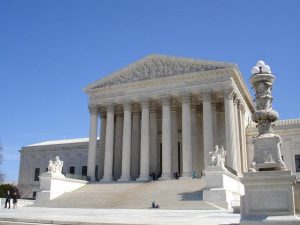California is once again leading the way in establishing protections for all people from discrimination and bias. This time, California Office of Administrative Law has expanded protections under the Fair Employment and Housing Act on the basis of national origin, including for those who are undocumented. Ancestry and national origin were already among statuses protected under the rules, but according to a National Law Review report, the new regulations clarify and broaden the meaning applied to these categories.
Office of Administrative Law has expanded protections under the Fair Employment and Housing Act on the basis of national origin, including for those who are undocumented. Ancestry and national origin were already among statuses protected under the rules, but according to a National Law Review report, the new regulations clarify and broaden the meaning applied to these categories.
Previously, national origin could be defined as place of birth, national or geographic origin, or ethnicity, whether actual or perceived. For example, if someone could be mistaken as being a part of one nationality or ethnicity and is treated unfairly for that reason, their actual ancestry is irrelevant in determining whether discrimination occurred. The modifications delve even deeper into the realm of perception and how one judges another person based on their association with national origin. Continue Reading ›
 Orange County Employment Lawyers Blog
Orange County Employment Lawyers Blog

















